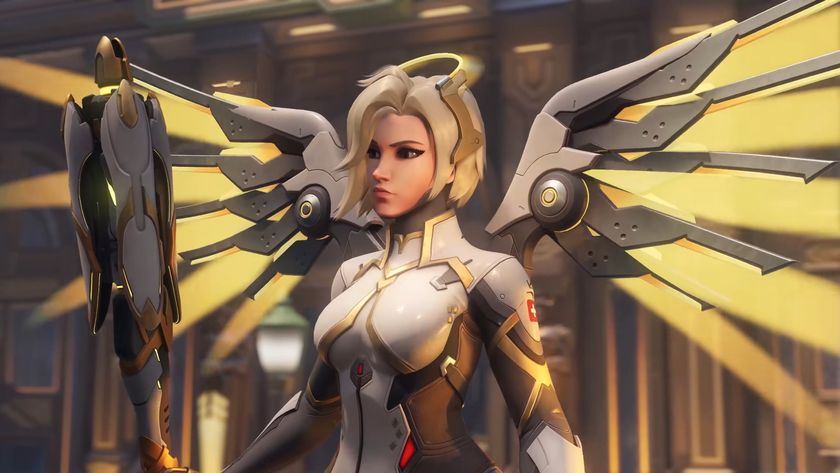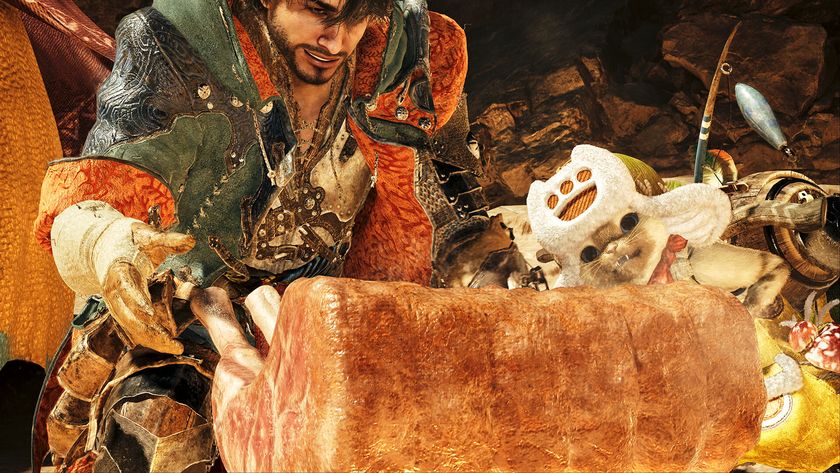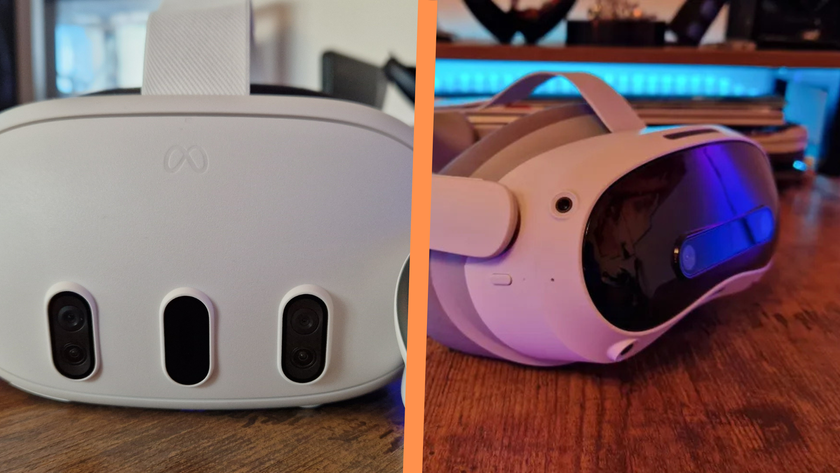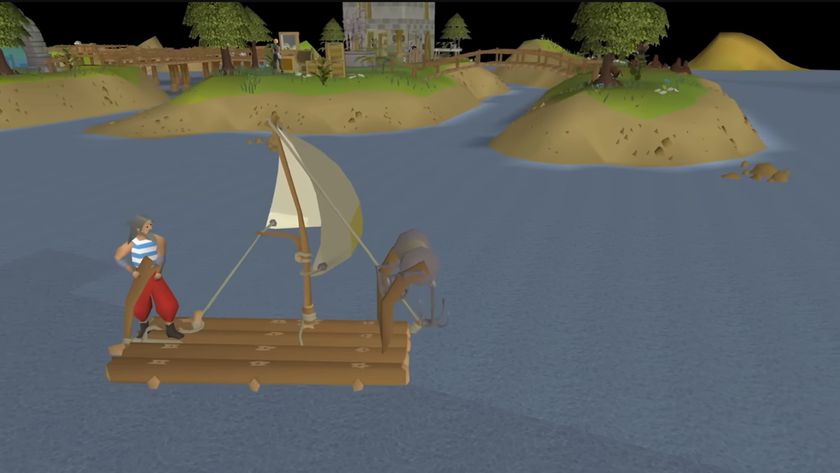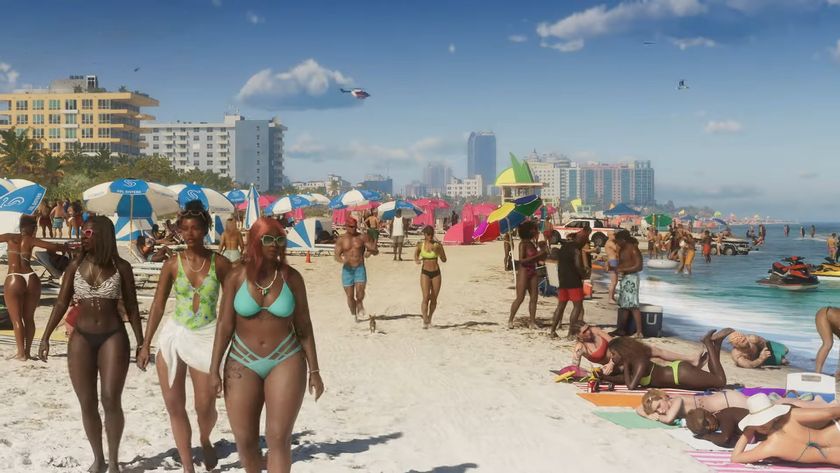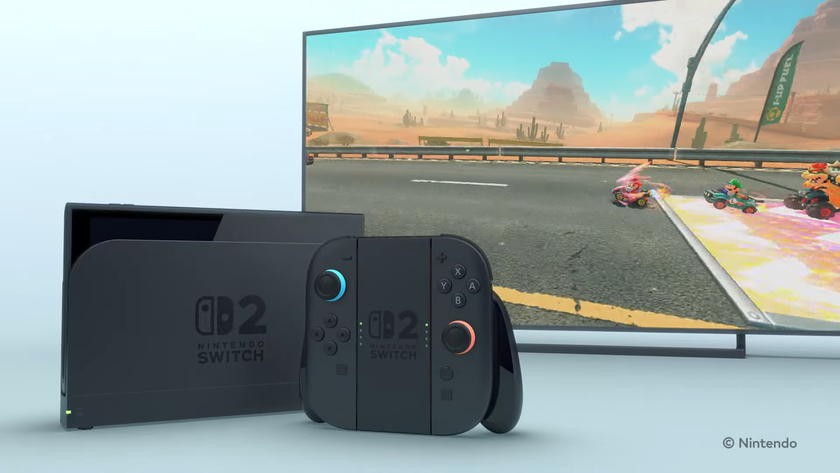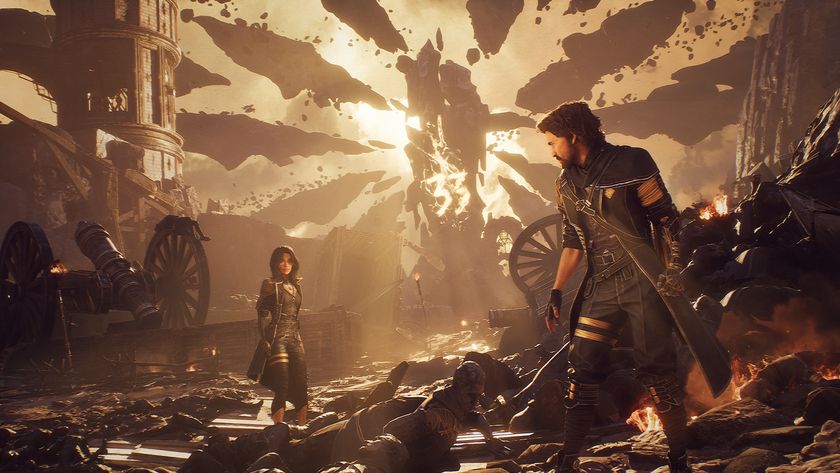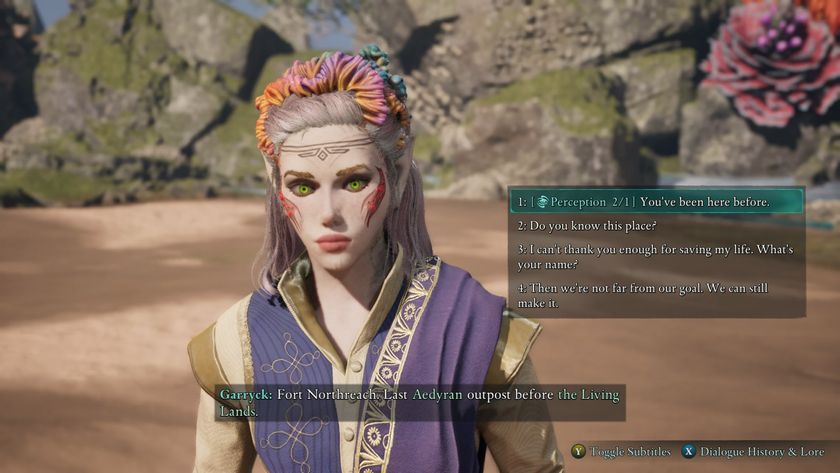Destiny 2: Scale, depth, and true RPG scope will deliver the sequel the first game deserves
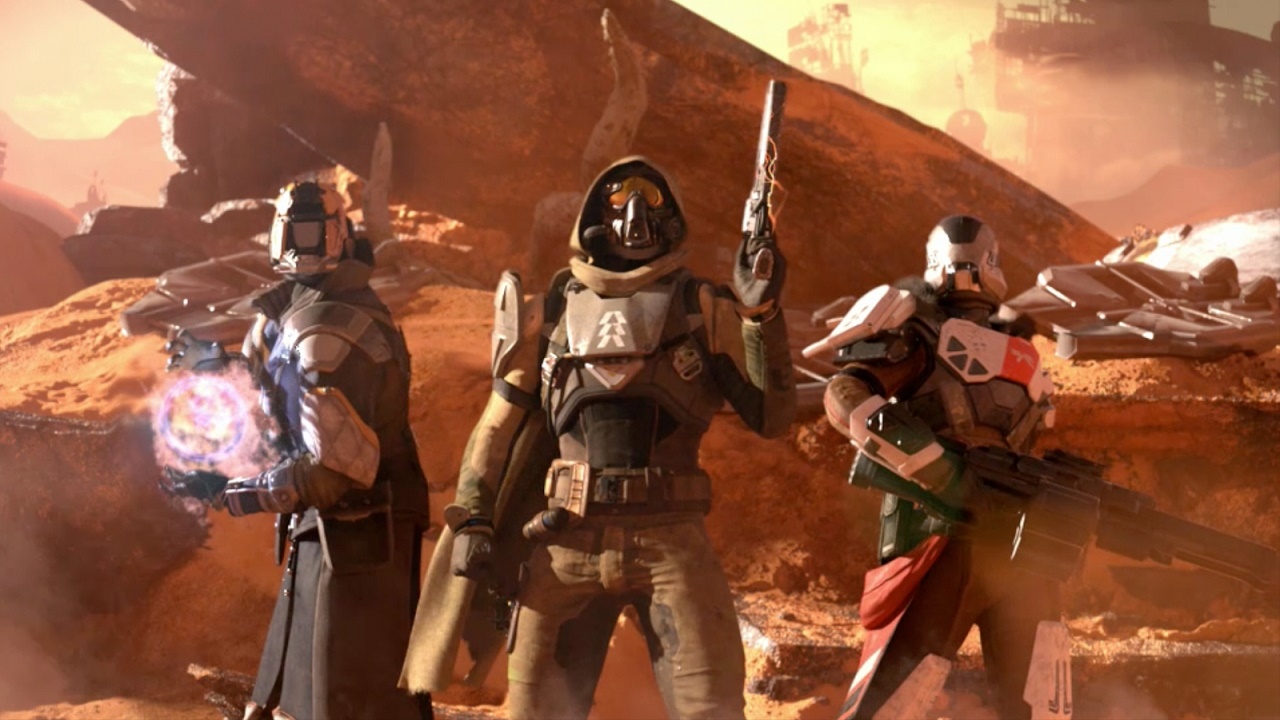
Let me begin with a confession: I am a recovering Destiny addict.
After being initially off-put by a bumpy launch and a dearth of content, I came back to Destiny around the time of House of Wolves and was fully, deeply hooked. After playing it obsessively and eagerly vacuuming up every morsel of content, I burnt out on it pretty hard and have found my appetite for it at a consistent ebb ever since.
Lately, though, with the Rise of Iron expansion also failing to respark my interest, I’ve been wondering what it would take, what Bungie could do with a full sequel, to reignite that passion that burned so bright and so briefly. What does one of the world’s most successful developers need to do to not only reel back in lapsed cynics like myself, but also retain its current playerbase and, ideally, lure in some new players that have thus far missed the Destiny boat?
Vanilla Destiny, while gorgeous, well designed, and a superb shooter, was very light on meaningful things to do. And for a game that purportedly offered you an entire solar system to explore, the actual selection of locations on offer was very slim, which led to a lot of backtracking and rehashing and reusing of environments. Blasting around the solar system didn’t feel like much of an epic adventure, and though the various planets did feel fairly diverse, they lacked the sort of epic scope that would preclude them from feeling like different biomes on a single world.
Destiny 2 needs to maintain that sense of individuality from planet to planet, and push it even further it with the careful use of environmental hazards and distinctive terrain. But more importantly than that, they need to blow out the size of these areas and make them interesting to explore, give us the sense of wonder of cresting a rise and being presented with extraordinary (and alien) vistas.
Instead of patrol missions where you drive your sparrow from point to point checking off boxes in the form of meaningless objectives, and story missions segregated off into small, discrete zones that comprise only a tiny percentage of the map, a sequel should give players broad, open worlds to discover with missions and activities built organically into them. And jumping from one planet to the next should be a powerful moment, a massive undertaking that gives at least some sense of the majesty and terror of space flight. Landing on a new world should feel exhilarating, fresh, and a little scary, as a brand new, entirely foreign land stretches out before you in every direction.
If there’s one thing that the last few years of game design have taught us, though, it’s that giant, beautiful worlds don’t mean much to players if they’re barren. The planets of Destiny 2 need to be packed with things to find, characters to interact with, and missions to undertake. While this may seem to run contrary to the original’s concept of shipping a sparse base game and then bolting on content via paid DLC, a well established framework like the one I’m envisioning would serve as a ready-made platform for future content. The environments would be spacious enough and with enough assets already packed into them to accommodate both micro- and macro-expansions.
One of the other most common complaints about Destiny at launch was that despite its exotic settings and handful of intriguing, mysterious characters, it was hamstrung by an incomplete story, major beats of which were sectioned off in codices and other resources outside the game. Wisely, subsequent expansions (most notably The Taken King) have taken steps to address the flat, arcane nature of the original narrative, but a sequel needs to go even further.
First, a clear distinction needs to be drawn between important lore and key story beats and other, tertiary fluff that only contributes in an oblique way to the core narrative. The former need to be front and center, surfaced for the player through cutscenes and dialogue and other in-game resources - Rise of Iron is starting to do a good job of this, actually, but Destiny 2 needs to formalise the approach. If Bungie wants to continue to pursue its mixed media strategy, slipping those other, inessential bits into their mobile app or web portal are fine, but filling those extracurricular bits with some of your best storytelling and world building is absolutely inexcusable.
And then, of course, you need to tell a great story. There are some excellent hooks in the original Destiny that a sequel could build on: the enigmatic Traveller, the pervasive, alien darkness, the uncertain nature of the role of the Guardians in a hostile universe. Unfortunately, every time the original game looked poised to stitch these elements together into some meaningful revelation, the writers stepped back and instead inundated players with dead-end plot points and pseudo-mystical claptrap. The next big story in this universe needs to be unafraid to plunge into this rich lore and to pull back the curtain a bit, to give us some sense of what’s really happening and what’s at stake.
And then there’s mechanical stuff. Destiny has gotten better and better though its lifespan at hooking players into connected daily, weekly, and multiplayer content. A new game needs to capitalize on this progress and continue striving to deliver that dream that players have been waiting for since the launch of the first MMO: crisp, compelling, fast paced action paired with all the addictive hooks of social engagement, zeitgeist, and variable interval loot lust. In other words, an MMO whose core gameplay is as fun and engaging as all the other systems propping it up.
And depending on their level of ambition, Bungie could also pursue expansion in some other, more novel directions. More vehicles with different handling properties, top speeds, or even unique special abilities. Or multi-crewed vehicles with spaces for gunners and passengers that could fire off their personal weapons at passing aliens, letting Guardians tear around in fully manned attack vehicles laying down explosive torrents of withering fire. You’ve seen what Bungie did with Halo. You know what I’m talking about. Destiny is also a game begging for space combat, some way to make all these sleek, awesome ships players have been collecting meaningful in some way other than as a loading screen or improvised menu. A taste of some of the chaotic, frenzied space combat we’ve been tantalized by in trailers would go a long way towards making the Destiny universe feel both more open and more dangerous. And again, Bungie did a great job of this in Halo: Reach. It shouldn’t be a stretch for Destiny. Hell, give us a PvP version.
Bungie has a tremendous opportunity ahead of it, but it’s one that could just as easily go totally awry as yield the type of success necessary to justify their (and Activision’s) massive investment. From the outside looking in, whether you’re interested in the game or not, watching which way the scales tip on a half a billion dollar behemoth is undeniably fascinating. Personally, I’m rooting for you, Bungie.
Sign up to the 12DOVE Newsletter
Weekly digests, tales from the communities you love, and more
Alan Bradley was once a Hardware Writer for GamesRadar and PC Gamer, specialising in PC hardware. But, Alan is now a freelance journalist. He has bylines at Rolling Stone, Gamasutra, Variety, and more.
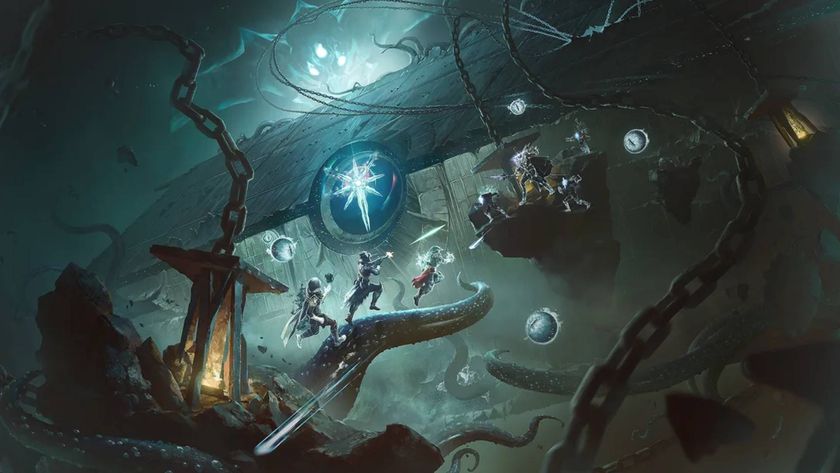
"A fun example of a bug becoming a feature": Destiny 2 accidentally made Exotic Glaives free to all classes, and Bungie says "we're going to let this ride"
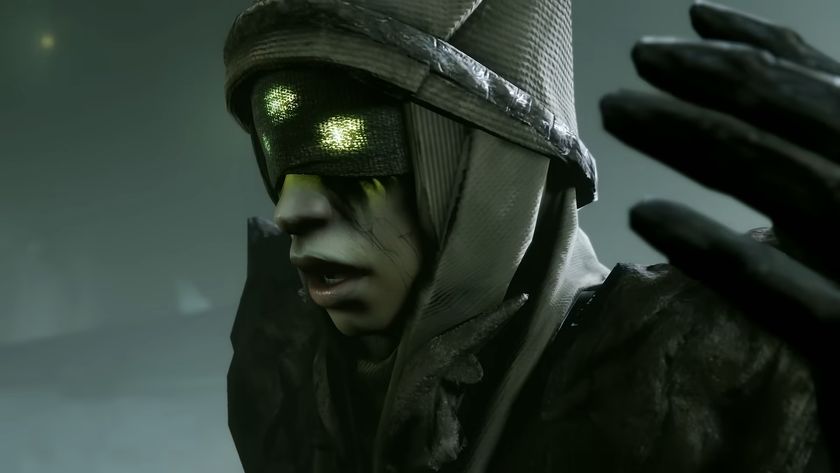
Destiny 2's new Episode suggested the upcoming Apollo expansion will launch on July 15, but that date has mysteriously been scrubbed from the game

